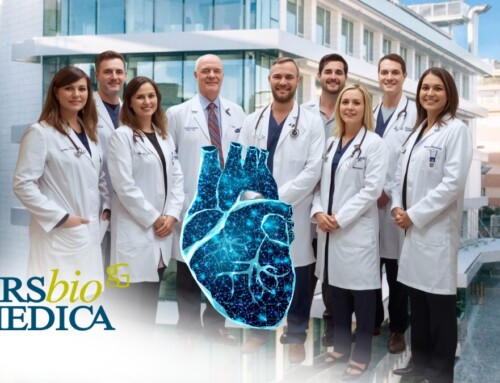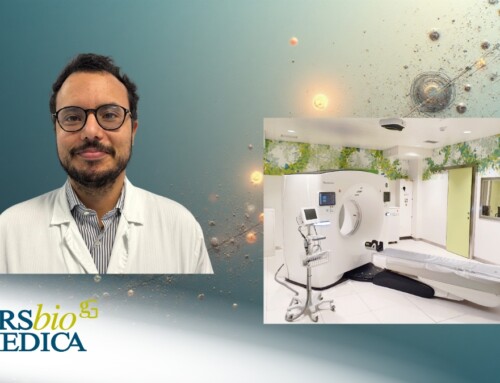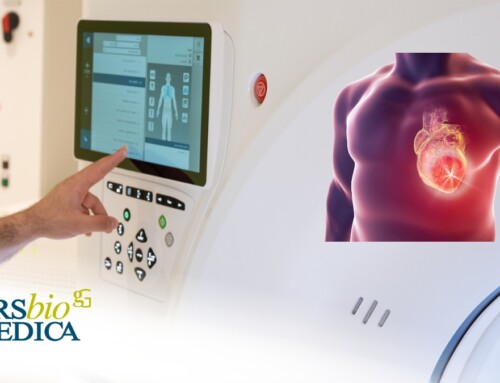
Articolo del 09/09/2024
Arsbiodonna, the Breast Center in Rome: Professor Pistolese, breast radiologist at Arsbiomedica, answers patients’ questions
5 Questions and 5 Answers
1. Professor Pistolese, what exams should an annual breast check-up consist of?
The annual breast check-up, in terms of instrumental exams aimed at early detection of breast lesions, includes mammography and breast ultrasound. These complementary tests should be performed simultaneously once a year starting at age 40. At this age, mammography is considered the gold standard, but it should always be accompanied by ultrasound to enhance diagnostic accuracy, especially in cases where breasts have a predominant glandular component that is difficult to evaluate with mammography alone.
For women under 40, annual ultrasound exams are recommended, always taking into account the individual’s medical and family history.
2. I’ve been having a mammogram once a year and a breast ultrasound every six months. Is this correct?
Many women, often based on advice from doctors or gynecologists, believe that having a mammogram followed by an ultrasound six months later offers more thorough monitoring. However, this is a common misconception. As I mentioned earlier, the most accurate and complete diagnosis comes from performing mammography and ultrasound simultaneously. Each exam enhances the diagnostic value of the other, providing complementary information.
A woman who only has a mammogram will delay completing her diagnostic process by six months, when the ultrasound is finally done to integrate the mammographic findings.
3. How important is a healthy lifestyle in preventing breast cancer?
A healthy lifestyle is certainly crucial, including proper nutrition and physical activity. However, when it comes to breast disease, we cannot reduce the risk by modifying certain risk factors. This means that there is no true primary prevention for breast cancer.
The only prevention we have is early diagnosis through instrumental exams, primarily mammography and breast ultrasound. These allow for the detection of small lesions, which is critical for prognosis and for improving a woman’s survival chances.
4. Why is a stereotactic biopsy requested, and what is its purpose?
A stereotactic biopsy involves taking a tissue sample under local anesthesia in an outpatient setting to obtain a histological diagnosis. In the past, this could only be achieved through surgery. It is primarily used to evaluate suspicious breast lesions, especially microcalcifications, which are often detected during mammograms. Microcalcifications are a common finding, and in some cases, they may represent a lesion. The stereotactic biopsy allows for a minimally invasive, timely, and precise diagnosis.
5. Are there cases where mammography alone is not enough to detect a lesion and what level of radiation exposure is involved in a mammogram??
Yes, mammography does have diagnostic limitations, particularly in cases of breasts with a predominantly glandular component. Additionally, it may not be able to evaluate certain anatomical areas that fall outside the view of mammographic projections, such as the axillary regions or the more peripheral parts of the breast, where lesions can still develop. In such cases, the role of ultrasound becomes crucial.
Mammography uses very low-dose ionizing radiation. International studies have shown that the balance between the risks of radiation exposure and the benefits is overwhelmingly in favor of the advantage of detecting lesions while they are still small.






